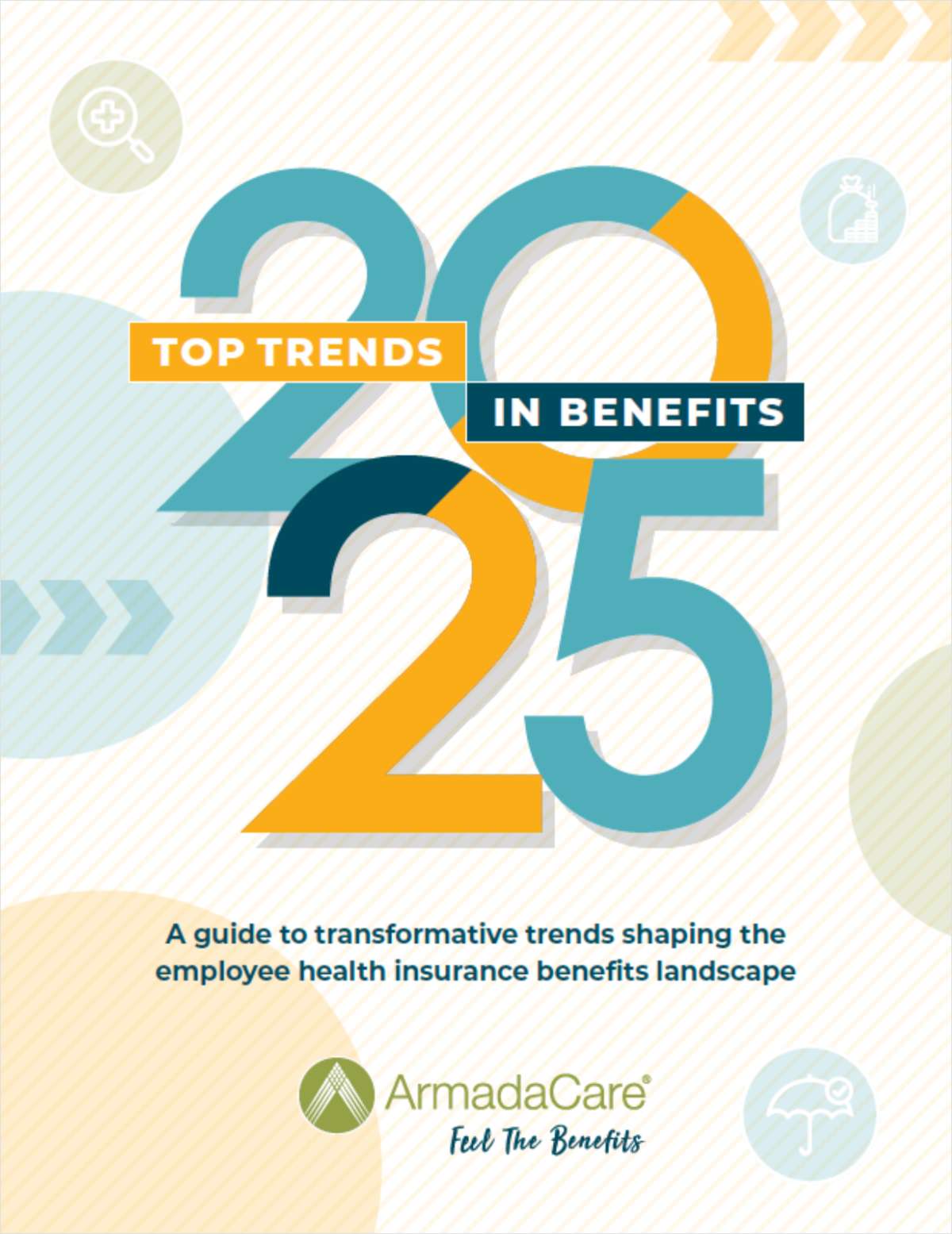Amendments to the Senate version of the Tax Cuts and Jobs Act will protect catch-up contributions to 401(k) plans for high-wage earners, and preserve the tax structure for non-qualified deferred compensation.
More than 350 amendments were made to the bill late Tuesday night. The Senate Finance Committee is pushing to vote on a bill by the end of the week.
The revised bill also delivered two bombshells that immediately roiled the already contentious debate over tax reform.
The Senate bill now repeals the Affordable Care Act’s individual mandate. And it makes revised individual tax brackets and tax cuts temporary, setting the lower rates to expire in 2025.
“This is a very different bill, colleagues,” said Sen. Ron Wyden, D-OR, ranking member of the Senate Finance Committee, in opening comments during Wednesday’s mark up hearing.
“This tax bill is now officially a health care bill,” added Wyden.
The Congressional Budget Office has already estimated that insurance premiums in the individual market will increase 10 percent annually due to the individual mandate’s repeal. CBO says 4 million will become uninsured in 2019, and 13 million will either opt to not buy insurance, or be priced out of the individual market, over the 10-year budget window.
Democrats on the Committee are positioning the premium increases as tax increases. The Chair of the non-partisan Congressional Joint Committee on Taxation testified that the premium increases would effectively amount to a tax increase on middle-income taxpayers.
Republicans are arguing that the individual mandate, and the taxes paid by those that choose to forego health coverage, is largely shouldered by middle and lower-income taxpayers.
In 2015, about 6.5 million individuals were taxed for not having health care coverage. The CBO says that 58 percent of those that paid the tax penalty made less than $50,000, and one-third made less than $25,000, noted Sen. John Thune, R-SD.
Repeal of mandate as a tax reform pay-for
In repealing the ACA individual mandate, Republicans free up another $338 billion within the 10-year budget window, according to numbers from the CBO.
That covers the $200 billion in debt service costs to the tax reform bill, bringing the total cost of the tax cuts under the $1.5 trillion deficit allowed under a budget resolution.
Under the Senate’s amended bill, cuts to the corporate tax rate will remain permanent. Cutting the corporate rate to 20 percent accounts for the costliest measure of the GOP reform bill.
Individual tax cuts were made temporary in order to accommodate the Senate’s Byrd rule, which requires that tax reform not add to the budget deficits outside the 10-year budget window, according to testimony from the JCT Wednesday.
That fact buoyed the fundamental argument Democrats in both chambers of Congress have made during he tax reform debate: the GOP is cutting corporate and business rates at the expense of the middle class.
“The temporary tax cuts on the individual are what allow the corporate tax cuts to be permanent,” said Sen. Wyden.
Republicans on the Senate Finance Committee repeatedly argued that repealing the ACA’s individual mandate would amount to a tax break for low and middle-income earners.
Sen. Orin Hatch, R-UT, chair of the Finance Committee, accused Democrats of using “scare tactics” over the proposed repeal of the mandate.
“This repeals an extremely regressive tax on low and middle-income families,” said Hatch. “Nothing in the modified mark impacts pre-existing conditions or limits on lifetime limits.”
Complete your profile to continue reading and get FREE access to BenefitsPRO, part of your ALM digital membership.
Your access to unlimited BenefitsPRO content isn’t changing.
Once you are an ALM digital member, you’ll receive:
- Breaking benefits news and analysis, on-site and via our newsletters and custom alerts
- Educational webcasts, white papers, and ebooks from industry thought leaders
- Critical converage of the property casualty insurance and financial advisory markets on our other ALM sites, PropertyCasualty360 and ThinkAdvisor
Already have an account? Sign In Now
© 2025 ALM Global, LLC, All Rights Reserved. Request academic re-use from www.copyright.com. All other uses, submit a request to [email protected]. For more information visit Asset & Logo Licensing.








